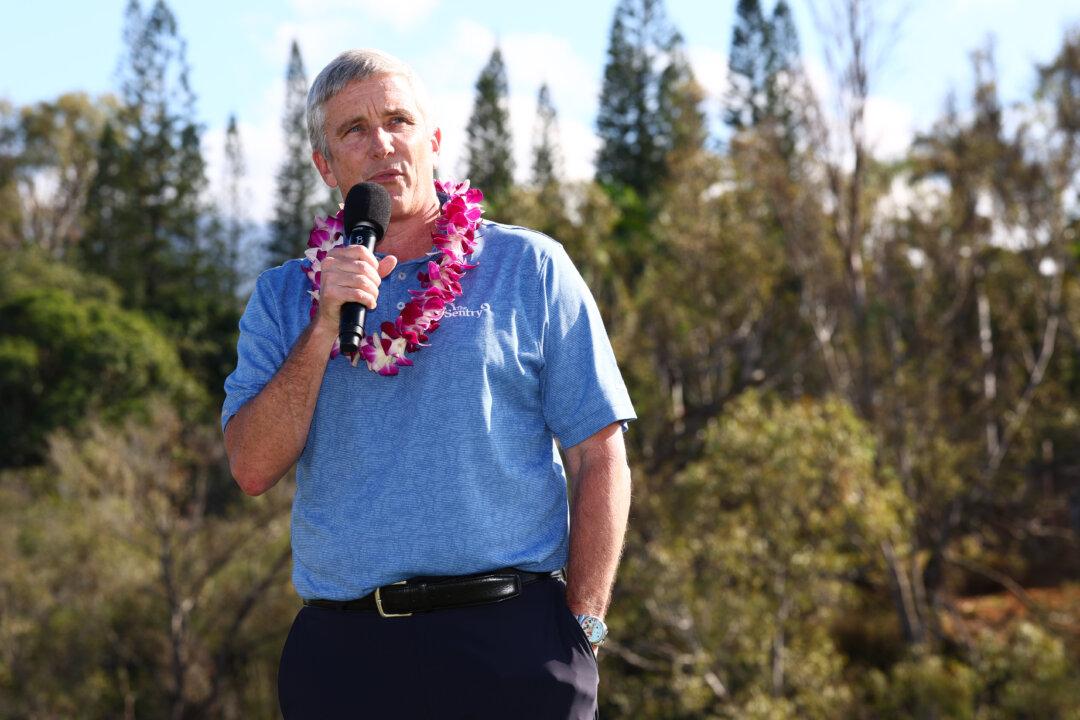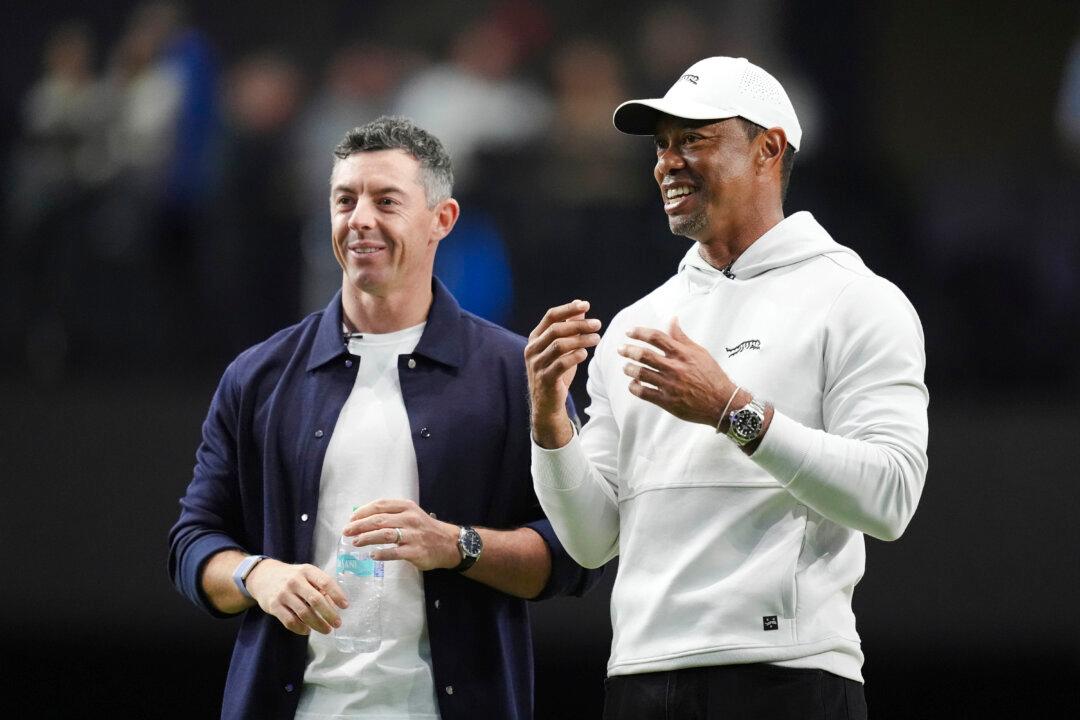Oakmont, PA—In 1973, a 26-year-old aspiring player named Johnny Miller created a golf buzz that still resonates today. Twenty-seven times players have since matched the score of 63 in a major championship but the one that still stands apart is the first one shot by the highly talented Californian in winning his first major—the U.S. Open at Oakmont.
What makes the round so historic is it was done at Oakmont—the poster child along with Winged Foot—in being the toughest examination of golf in America. The Pittsburgh-based course was created by the Fownes family as an uncompromising beast—ensuring even the slightest of errors would be punished severely.
Much has been written how Oakmont was receptive to low scores because of overnight rains that preceded the play of the final round in 1973, but only three other players broke 70 in the final round—23-year-old Lanny Wadkins with a 65 and Jack Nicklaus and Ralph Johnston with 68s. More over Miller’s 63 was done in the final round—something done only three other times. The important separation elevating Miller’s round was his was done in contention, the others were not. And, Miller is one of only six men to have ultimately won the actual major.

What makes the round even more superlative was that Miller trailed by six shots and 12 players—including the likes of Arnold Palmer, Lee Trevino, Nicklaus, Julius Boros, Gene Littler, Tom Weiskopf and Jerry Heard. Nearly all of the aforementioned are Hall-of-Famers.
In many ways what Miller did on June 17, 1973 is etched indelibly in the pantheon of singular sports achievements—comparable to what Secretariat did in winning The Triple Crown by 31 lengths or USA’s Bob Beamon’s mindboggling win in the long jump in the 1968 Summer Olympics—breaking the previous mark by nearly two feet—and maintaining the world record for nearly 23 years or the perfect marks set by the sensational UK ice-dancing tandem Jayne Torvil and Christopher Dean at the 1984 Winter Olympics with 12 perfect 6.0’s in the final free style event and attaining the highest cumulative total for a single performance.
Miller’s round catapulted him to win to even greater success in the years to follow: 10 PGA Tour wins from January 1974 through January of 1975 and eventually winning The Open Championship in 1976 over an up and coming talent named Seve Ballesteros.
Incredibly, Miller’s round featured one lone bogey—at the long par-3 8th. But that lone blemish served to push Miller harder and he finished strongly, barely missing makeable birdie putts at the final two holes.
Miller’s round was jumpstarted on the practice range before commencing play when he decided to open up his stance as much as possible in order to hit the ball more powerfully and accurately. His iron play—his main strength throughout his prime years—was stellar. Birdies at the first four holes pushed him front and center.
In the years that have followed the historic achievement of the round has only gained more stature. Amazingly, the film footage of Miller’s achievement is no where near as thorough as rounds of golf at major events are covered today. In 1995, Miller established himself as one of golf’s premier analysists when NBC-Sports secured the rights to USGA Championships as well as his previous broadcasting contributions to PGA Tour events covered by the same network. Miller did return to Oakmont in ‘07 and provided his commentary during that event but in 2015 Fox Sports secured the rights to various USGA events and Miller’s role will now be handled by former PGA Tour star and Ryder Cup Captain Paul Azinger.
Can 63 be broken? Surely it can. Much of that will be tied to how Oakmont plays during the week of the championship. In 2007, winner Angel Cabrera from Argentina claimed the title, the first South American winner, with a five-over-par total. Cabrera’s final round 69 was one of only two rounds below par. In dry conditions, with the course playing “firm and fast” it will be extremely difficult for any golfer to sustain high caliber execution.
The circumstances tied to Miller’s epic final round 63 is a high bar for any record breaker to exceed. In all of golf lore, Miller’s moment—tied to America’s national championship and the venue of its accomplishment at Oakmont—will forever be etched.
M. James Ward, a member of Golf Writer’s Association of America (GWAA) and past member of Met Golf Writer’s Association (MGWA), has reported on golf’s grandest events since 1980 in a variety of forums.





